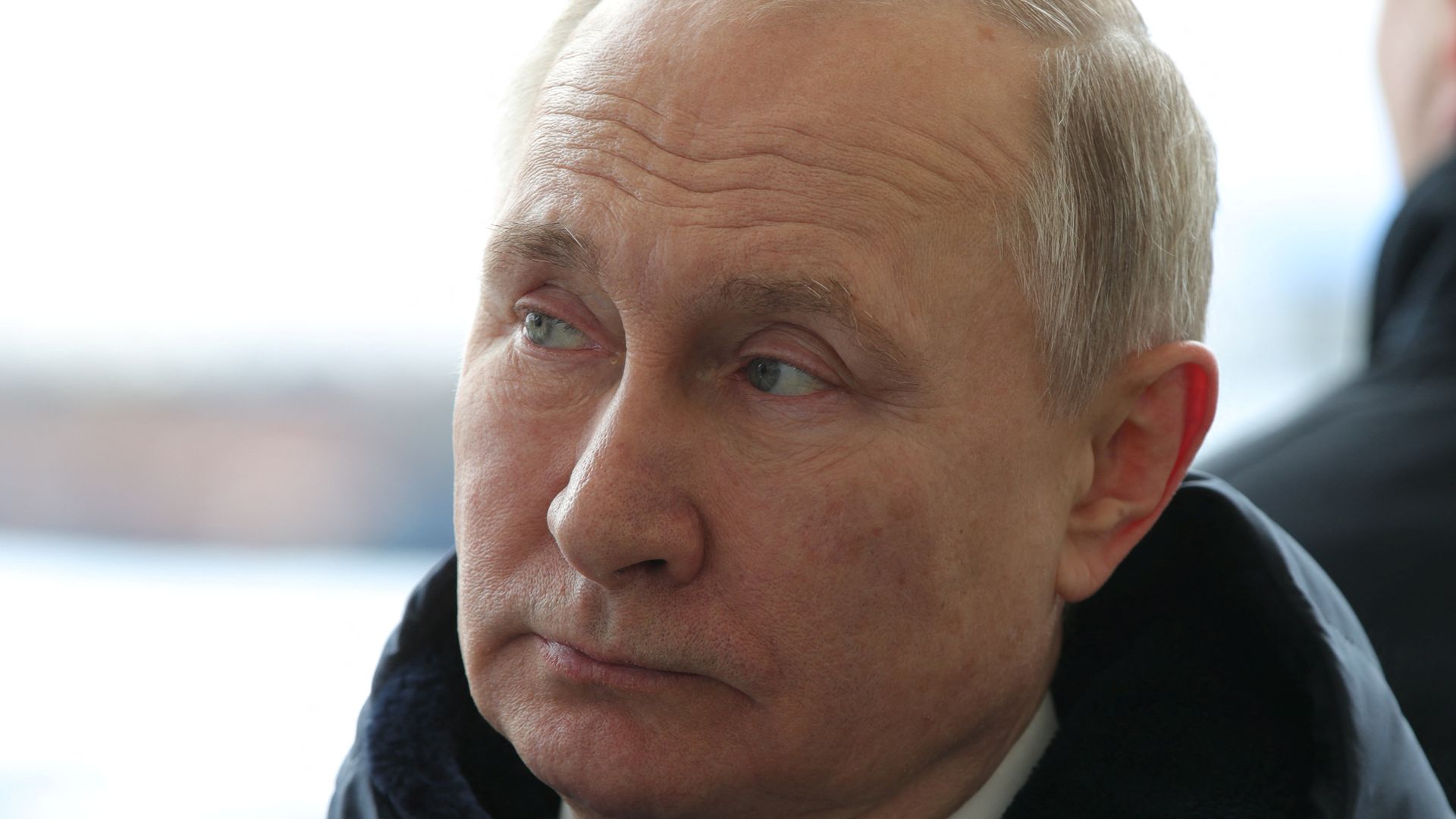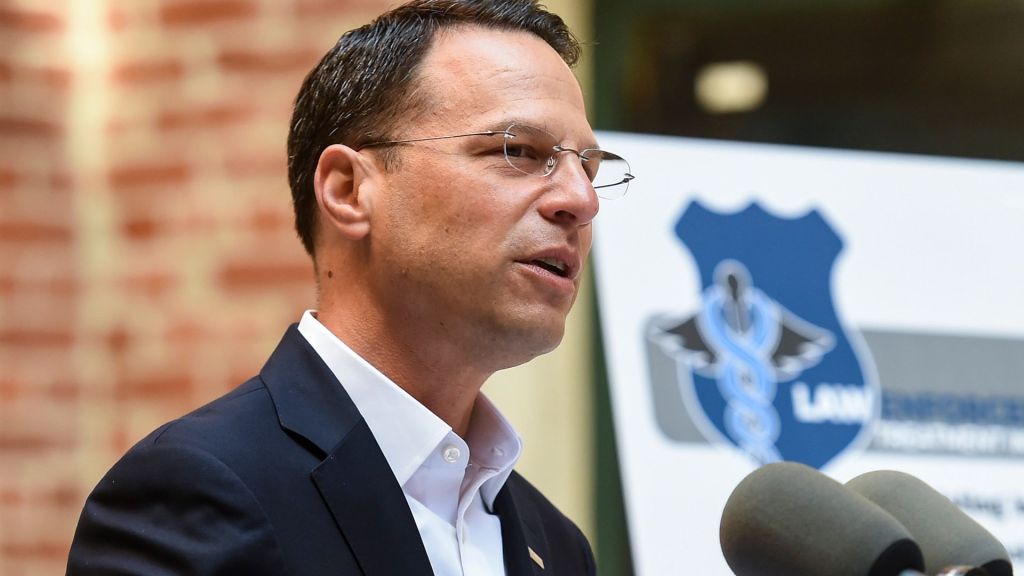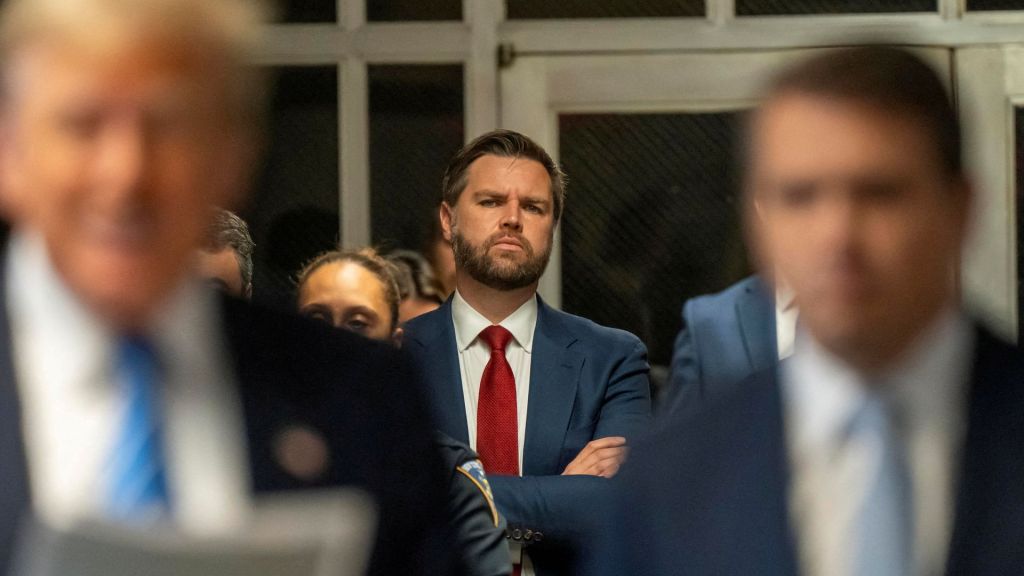
Commentary
-
Our commentary partners will help you reach your own conclusions on complex topics.
Hey everyone, Peter Zion here. Today we’re doing part three of our Ukrainian counter offensive series. In last sections, we explained why we’re gonna have to wait a little bit longer to get rid of a mud and how the Russians are in North Korean food supplied, as well as the most likely, you know, smart plan that the Ukrainians are likely to fall. Today, I think it’s worth underlining that even if the Ukrainians are wildly successful, or horribly unsuccessful, we are really only at the beginning of a very long drawn out military conflict here. Because for the Russians, they see this conflicts as existential and only as step one. The problem is that Russian territory is really poor, and it’s flat, and it’s open and it can’t support a very high population density. So the only strategy that the Russians have ever discovered in the last 400 years that allows them a degree of security is for them to expand out beyond the territories they hold absorb ethnic group after ethnic group of which the Ukrainians are only one of many, and eventually expand until they reach a series of geographic barriers that are not flat and open. And in the case of Ukraine, that means the Caucasus Mountains and the Carpathians, and the Baltic Sea, which means that Ukraine is not the end here, the Russians are going to go in till they reach a geographical crustal defense that they can man with a rapidly declining demographic structure. And that means even if the Ukrainians fall to a man, even if they’re wiped out completely, the Russians are not done. They will then come for Romania and Poland and Estonia and Latvia and Lithuania and probably Finland as well. So the Russians minimum victory isn’t the territories they hope now it’s a holding of the Crimea. It is okay, if it isn’t the vault, it’s worse off. And that’s a different sort of conflict than people been preparing for it at this point. But for the Russians, that is the minimum that will give them what they need physical security. Now, what about the Ukrainians now the Ukrainian state are going to liberate every inch of territory, which includes the entirety of Luhansk, Donetsk, and the Crimea.
Only that doesn’t make them any more secure, it gives them a little bit better strategic depth, it gives them some of their industrial heartland and some of our coal and steel industry back. But at the end of the day, that doesn’t stop the Russians because for the Russians, this is a battle for their existential survival. And even if they are ejected from Ukraine, they will not stop, they will Rearm, they will rest they will recruit and they will make it another attempt. So, if the Ukrainians are to prevent the Russians from surely
waging war, if they’re going to stop this from happening again, after they get the Donbass and Crimea, they then need to cross into Russia proper. And then he’s neutralized two specific urban areas that serve as logistical hubs. The first is Belgorod, which is just north of Kharkov, which serves as the primary artery for transporting material men and fuel into the northern aspects of the front. If Belgrade could be neutralized if the rail and the roads could be taken out of the industrial infrastructure can be destroyed. If the fuel centers could be removed, then the Russians would have to proceed on foot on that front. And that is not a feasible option in an industrial war. The second one is much more complicated. It’s further to the southeast. It’s called Rostov on Don, it’s a it’s a port city on the Don River, and it serves as the only logistical hub for supplying the entirety of the southern front. Not only can you get into Donetsk and Luhansk. From there, that’s the only way you can get into the Crimea, the other side of the bridge, if you will.
Mark, if if if if if the Ukrainians were to take the war to this point, there would be more going on here than simply preventing the Russians from launching another assault. It would also be about crippling Russia’s ability to maintain its own territorial coherence. Rostov on Don also serves as the primary logistical point to connect the greater Moscow region where most Russians live south through road and rail trestle and on and then further south to the Caucasus, which is one of those all important barrier points that the Russians feel they must control. And for those of you who have been asleep for the last 30 years, there’s an ethnic group there called the Chechens at the very end of that chain of Chechnya in Pakistan.
If it’s if the Ukrainians were to succeed in neutralizing rosov on dark, you can bet your ass that the Chechens no launch a third rebelled. And this time the Russians wouldn’t be able to easily reinforce or assault the Chechens, meaning that this time it would probably be successful, especially when you consider that the Ukrainians have already soaked up a lot of the military equipment and ammo that the Russians had stockpiled since 1945. So what we’re looking at here, well, one way or another is an extreme breakdown of the suit.
curity order either the Russians when which means Ukraine ceases to exist. And we’re in a direct nuclear confrontation between NATO and Russia,
or the Ukrainians when and neutralize Russia’s ability to control large chunks of its own territory, likely heralding the disintegration of the Russian state itself, which also has moved to their connotations. So a lot of countries in the West have, in my opinion, be doing the right thing in the right order and almost even at the right speed in order to fight the Russians back. But I don’t think a lot of brainpower has been dedicated to what happens the next day if one side actually wins this round. Now luckily, even in the most outsize Ukrainian success this year, this is not a problem for 2023 from 24 hour
-
Is the US looking for a war?
With conflicts, skirmishes and tensions simmering around the globe, and with the United States playing supporting roles in several of them, the question of whether the country getting involved directly is legitimate. The war in Ukraine, for example, has forced several European countries to reintroduce mandatory military service to confront the growing threat from Moscow.…
-
How future generations could shift US support for Israel
Israeli Prime Minister Benjamin Netanyahu addressed a joint meeting of Congress on July 24, calling for increased bipartisan support for Israel amid its 10-month war with Hamas. He praised President Biden’s “half century of friendship to Israel” and referred to Hamas as “sheer evil.” In the video above, Straight Arrow News contributor Peter Zeihan analyzes…
-
Why election of European Commission president is so important
Ursula von der Leyen has been reelected to another five-year term as president of the European Commission after a vote by EU lawmakers. Von der Leyen will now preside over a coalition that shifted to the right after recent European elections, where ultra-conservative parties won a record number of seats. In July, von der Leyen…
-
Protests in Bangladesh signal more trouble ahead
Public protests in Bangladesh against government hiring practices — and against the government’s military response to those protests — have left at least 174 dead and 2,500 jailed. Bangladesh’s people face an acute jobs and unemployment crisis, so public disagreements over hiring practices carry significant weight. The regime recently enforced a nationwide internet blackout as…
-
In US election, early polling doesn’t tell us anything yet
From President Joe Biden’s declining health to the attempted assassination of Donald Trump, there’s been a series of major political developments in the United States that might impact the results of the November election. These developments have led to renewed confusion, concern and debate regarding which candidate might win, and in the Democrats’ case, which…
Latest Stories
-
 U.S. Department of Defense
U.S. Department of Defense
Congress still trying to figure out how to reduce wasteful military spending
-
 DVIDS
DVIDS
US Navy, Air Force making waves with new weapons at RIMPAC
-
 Getty Images
Getty Images
Israeli PM Netanyahu meets with Trump at Mar-a-Lago
-
 Getty Images
Getty Images
Growing US nuclear power resurgence reaches the nation’s heartland
-
 Getty Images
Getty Images
Beer from the sun, other solar thermal projects get government funding
Popular Opinions
-
In addition to the facts, we believe it’s vital to hear perspectives from all sides of the political spectrum.
Latest Opinions
In addition to the facts, we believe it’s vital to hear perspectives from all sides of the political spectrum. We hope these different voices will help you reach your own conclusions.
The opinions published in this section are solely those of the contributors and do not reflect the views of Straight Arrow News.

















Latest Commentary
We know it is important to hear from a diverse range of observers on the complex topics we face and believe our commentary partners will help you reach your own conclusions.
The commentaries published in this section are solely those of the contributors and do not reflect the views of Straight Arrow News.
Peter Zeihan
Geopolitical StrategistHow future generations could shift US support for Israel
Why election of European Commission president is so important
Protests in Bangladesh signal more trouble ahead
Dr. Frank Luntz
Pollster and Political Analyst‘I don’t know’: Swing voters debate who best to replace Biden
‘Mad as hell’: Americans vent anger, frustration over politics
‘On death’s door’: Undecided voters react to first debate